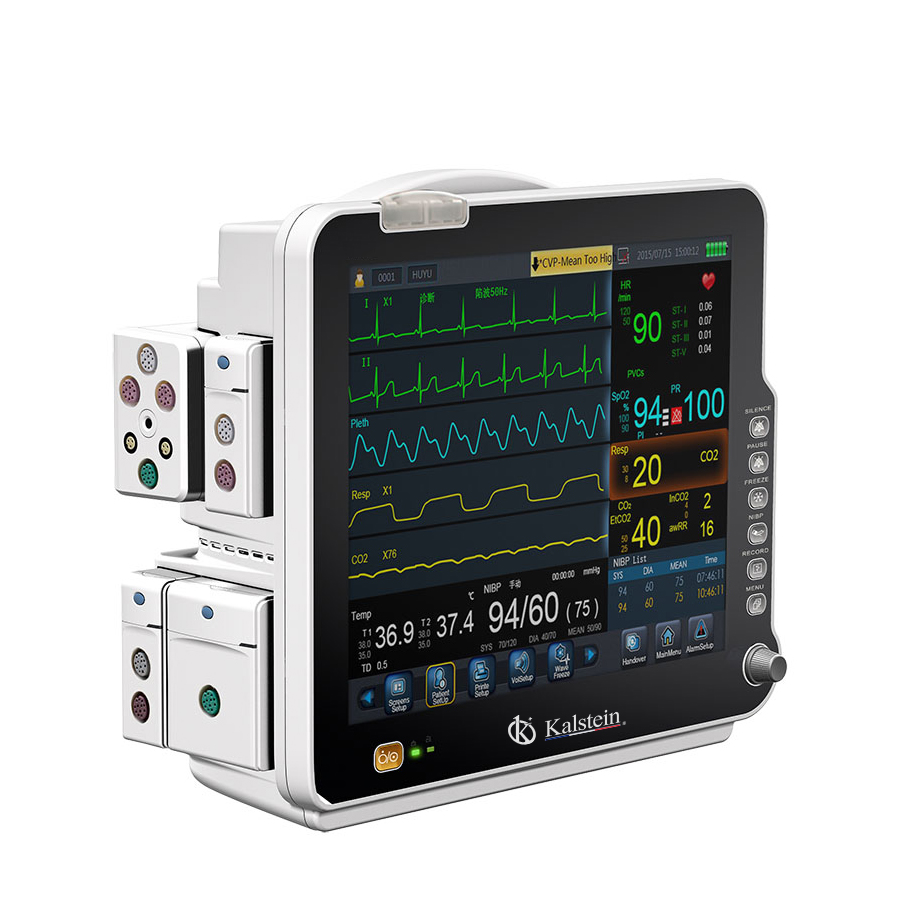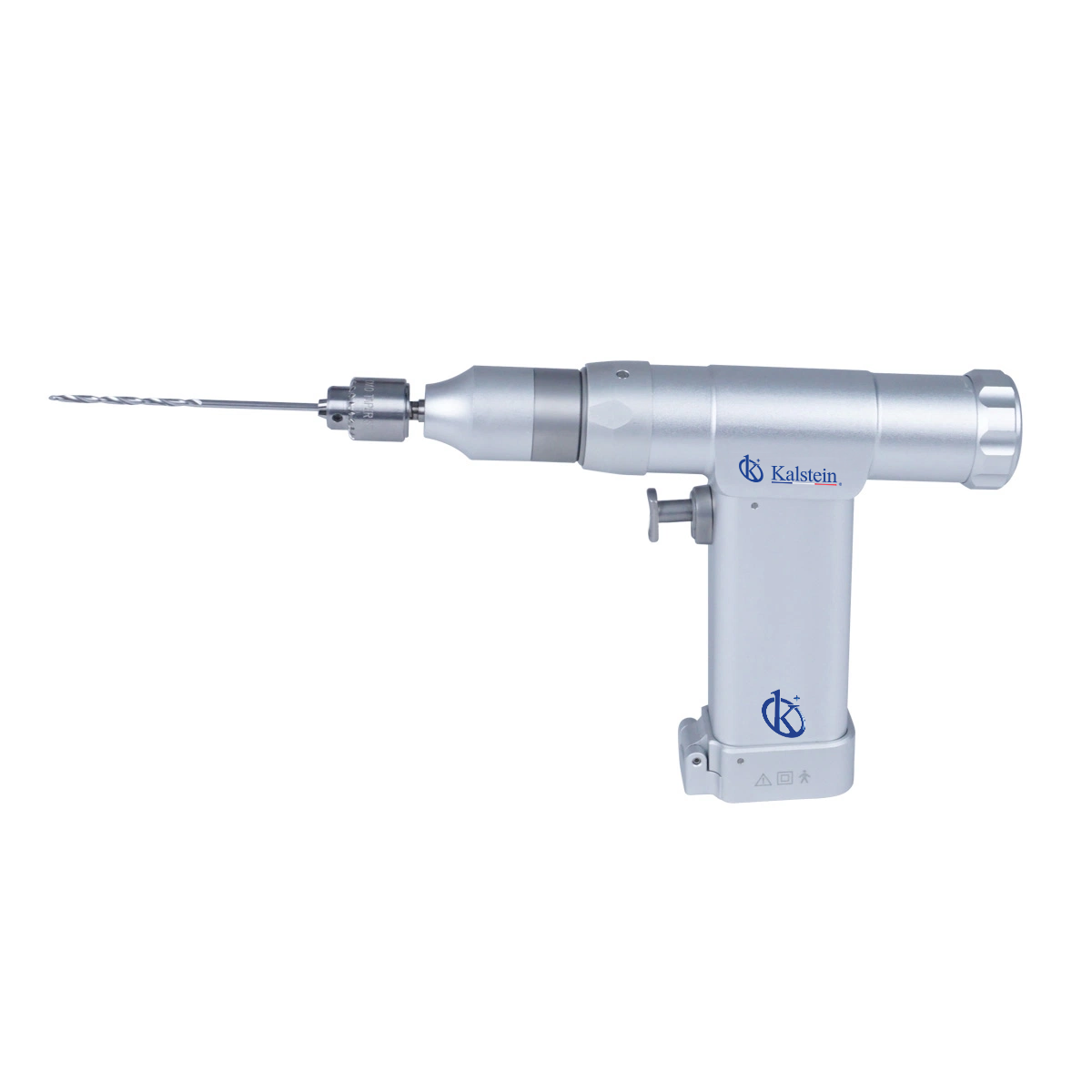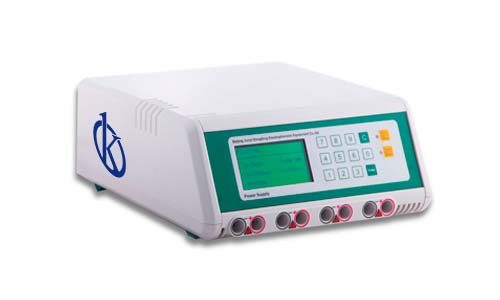In the modern technological era, health care has advanced in unimaginable ways. The introduction of advanced medical technology has completely changed the face of healthcare. Among these developments, patient and child monitoring facilities have proven to be particularly useful.
This article will provide a complete buying guide for choosing the appropriate patient monitor and baby monitor.
If you’re seeking a blend of innovation and quality, you’ve come to the right place. At https://kalstein.co.uk/category-product/medical-line/patient-and-fetal-monitor/ we offer you the luxury to explore our exclusive catalog of laboratory equipment. We manufacture each piece of equipment with a level of excellence. Our intuitive and agile online shopping channels are designed for your convenience, ensuring the friendliest prices. Don’t hesitate any longer, we bring science to life, it’s time to become part of our community. https://kalstein.co.uk/
Introduction to Patient Monitoring
Patient monitoring, a critical segment of advanced medical technology, offers a means for continuous recording of various physiological parameters of the patient. This provides a clear picture of the patient’s health status, which facilitates treatment decision making.
Whether in a hospital setting or a home implementation, effective patient monitoring gives medical professionals the ability to detect any deviation from normality quickly. Consequently, this can lead to timely interventions, improving the efficacy of treatment and increasing patients’ survival rates.
Understanding Baby Monitoring
On the other hand, baby monitoring, an integral part of infant care, has gained relevance in modern homes. These devices allow parents or caregivers to monitor the baby’s movements and sounds, providing peace of mind.
Baby monitoring is an extension of the classic “baby-calling” concept. Advanced medical technology has led to more sophisticated and safer devices that monitor not only sounds but also the baby’s breathing and movement patterns. It is increasingly becoming a necessity rather than a luxury due to growing awareness of infant safety.
Things to Consider when Buying a Patient Monitor
When purchasing a patient monitor, some of the key factors to consider include the type of monitor (e.g., cardiac, respiratory, blood pressure, etc.), the accuracy and range of the sensors, and ease of use.
Moreover, it is also essential to consider the price, warranty, availability of spare parts, battery life, and connectivity (e.g., Bluetooth, Wi-Fi, etc.). The weight and portability can be determining factors, especially for home monitoring.
Crucial Factors to Consider when Buying a Baby Monitor
When choosing a baby monitor, consider factors such as audio quality, image quality (if it’s a video monitor), signal range, battery duration, and additional functionalities like ambient temperature and movement monitors.
Safety issues, like how data is stored and transmitted, and if the device is well secured against potential hackers, should also be taken into account. Ease of use and setup should also be on your checklist.
Comparing the Best Options for Patient Monitor and Baby Monitor
Patient Monitor Kalstein features a high-resolution color LCD screen and offers continuous monitoring of ECG, SpO2, NIBP, temp, RR, and HR. Meanwhile, Baby Monitor Mindray features a high-resolution color screen and provides ambient temperature, movement, audio, and video monitoring.
The big difference between these two is that Patient Monitor Kalstein is more suitable for professional medical use, while Baby Monitor Mindray is ideal for home use to monitor children’s well-being in a non-intrusive way.
Conclusion
Buying the right patient monitor and baby monitor can be a challenge, particularly with the abundance of options. However, with the right buying guide, it’s possible to make an informed decision and benefit from advanced medical technology. Remember, effective patient and infant monitoring contributes significantly to health care outcomes and safety.




